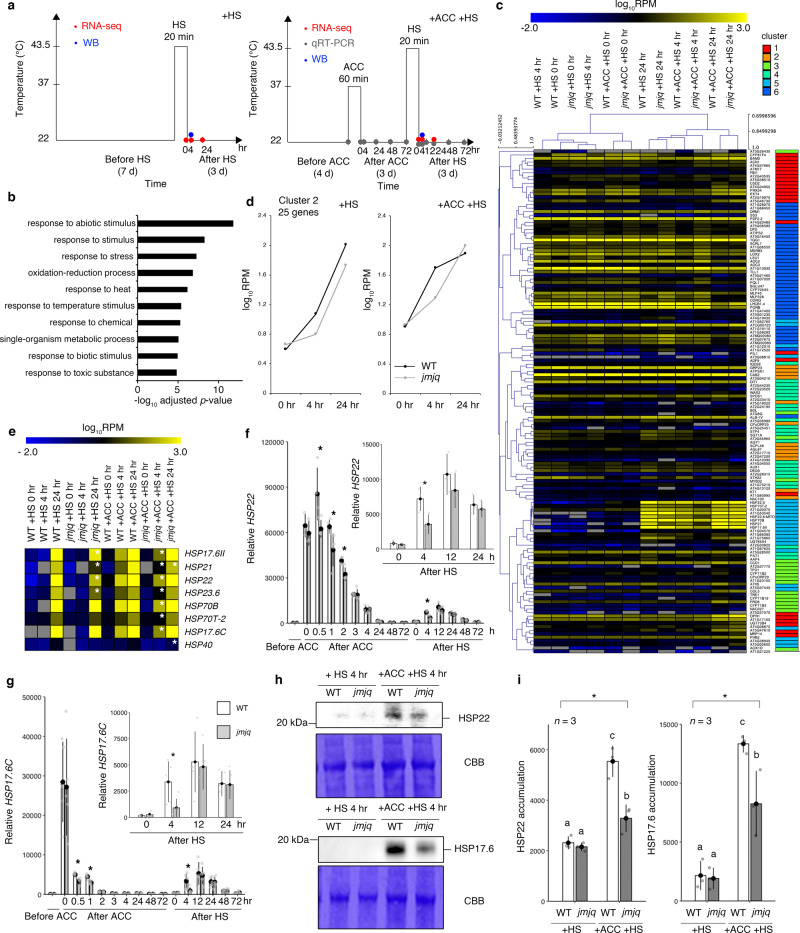Fig. 2. Histone H3K27me3 demethylases mediate rapid reactivation of HSP genes during heat acclimation.
a Schematic representation of the temperature conditions used. Left, basal thermotolerance condition (+HS); right, heat-stress memory condition (+ACC +HS). Colored dots indicate the times of different assays: RNA-seq, red; qRT-PCR, gray; immunoblotting, blue. b GO term enrichment analysis of 142 differentially expressed genes. The top 10 terms determined by their –log10-adjusted p-values based on two-tailed z-test are shown. c A k-means clustering of genes differentially expressed between acclimatized wild type and jmjq mutants after 0, 4, or 24 h of a tester heat stress. The FDR was <0.05. d Gene expression over time in cluster 2 under basal thermotolerance (left) and heat-stress memory (right) conditions. e Heatmap of expression of the HSP genes in cluster 2. White asterisks indicate significant differences between the wild type (WT) and jmjq grown under the same conditions. FDR < 0.05. f, g qRT-PCR verification of HSP22 (f) and HSP17.6C (g) transcript levels in the wild type and jmjq mutants grown under the condition shown in Fig. 2a (right). Gray dots represent the expression levels of individual samples. Asterisks indicate significant differences (p < 0.05) between the wild type and jmjq at the same time point based on a two-tailed Student’s t test. h, i Immunoblotting (WB) of HSP22 and HSP17.6 in the wild type and jmjq grown under conditions shown in Fig. 2a. h WB analysis using the HSP22 (above) and HSP17.6 (below) antibodies to probe protein extracts. Coomassie brilliant blue-stained membranes (CBB) are shown as loading controls. i Quantification of WB signals. One-way ANOVA test; *p < 0.05. Different letters indicate significant differences based on a post-hoc Tukey’s HSD test (p < 0.05). NS nonsignificant. n = 3.

